The 117-meter-long ship can carry 120 cars and will use green hydrogen for at least 85 percent of its Arctic journey.
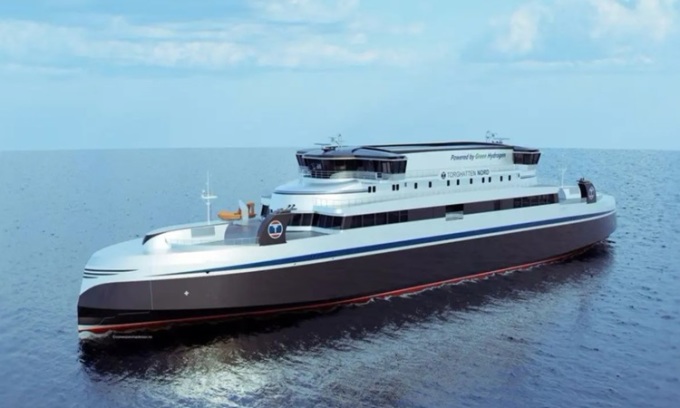
Myklebust will be in charge of building the world's largest hydrogen-powered ship. Photo: Myklebust
Transport company Torghatten Nord has signed a contract with the Myklebust shipyard in Norway to build the world's largest hydrogen-powered vessel. The new vessel is designed to carry 120 cars on Norway's longest ferry route, which operates in the waters of Vestfjordstrekninga, a fjord within the Arctic Circle, Interesting Engineering reported on April 19.
According to Myklebust, their ship will connect the two towns of Bodø and Lofoten. It will use hydrogen produced in Bodø. Norwegian Ship Design will be in charge of the design of the ship, which is scheduled for delivery in 2026. The high-performance model will be built at Myklebust's facility in Gursken, south of Ålesund. The construction will require increased staff and operations at the shipyard in the near future. In addition to working closely with the Norwegian Maritime Directorate to establish safety standards for the brand-new class of ships, the project will also involve multiple suppliers in terms of design, technology, equipment and hydrogen.
Connecting Bodø, the islands of Røst and Værøy, and Moskenes along the 278-km Vestfjordstrekninga ferry route, the world’s largest hydrogen ship will boost maritime traffic. According to Offshore Energy, the 117-metre-long vessel will use green hydrogen as its primary fuel for at least 85% of its journey in the harsh Arctic waters. The ship will face challenging conditions due to its average speed of 31.5 km/h. However, the ship’s design ensures efficient operation.
Onboard storage will supply hydrogen to fuel cells, which convert energy into electricity to power the propulsion system and auxiliary systems. The use of hydrogen will help reduce about 26,500 tons of CO2 emissions annually along the route.
The project is significant because long-distance passenger transport by hydrogen in such extreme conditions has never been attempted before. The project is the result of a collaboration between Norwegian ship designer Torghatten Nord, shipyard Myklebust Verft, which combined the SEAM system, and hydrogen supplier GreenH.
An Khang (According to Interesting Engineering )
Source link


![[Photo] Students of Binh Minh Primary School enjoy the full moon festival, receiving the joys of childhood](https://vphoto.vietnam.vn/thumb/1200x675/vietnam/resource/IMAGE/2025/10/3/8cf8abef22fe4471be400a818912cb85)




![[Photo] Prime Minister Pham Minh Chinh chairs meeting to deploy overcoming consequences of storm No. 10](https://vphoto.vietnam.vn/thumb/1200x675/vietnam/resource/IMAGE/2025/10/3/544f420dcc844463898fcbef46247d16)


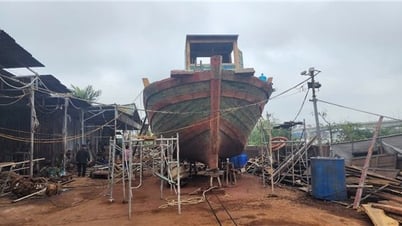


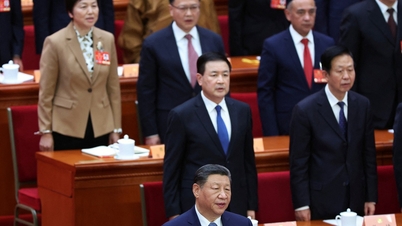

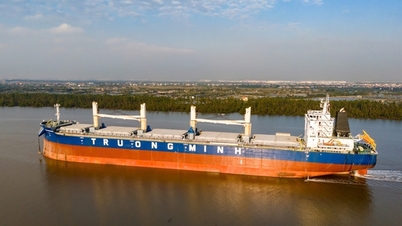







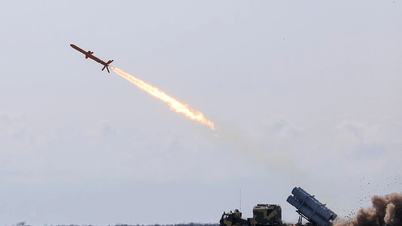
















































































Comment (0)